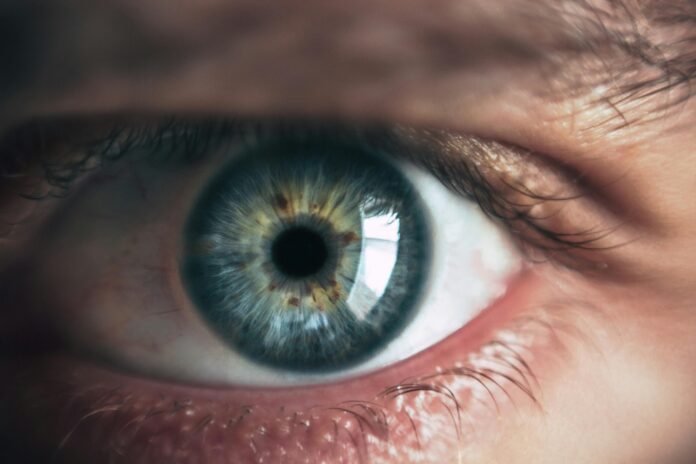A new study presented at the 43rd Congress of the European Society of Cataract and Refractive Surgeons has highlighted encouraging results for a next-generation intraocular lens (IOL) designed to improve vision after cataract surgery. The TECNIS PureSEE lens, a purely refractive extended depth of field (EDF) presbyopia-correcting IOL, was tested in nearly 200 patients across 17 centers in Europe and the Asia-Pacific region.
The results showed that patients achieved excellent distance vision, very good intermediate vision, and functional near vision following implantation. Most had minimal refractive error, meaning their visual correction was accurate, and many reported significantly reduced dependence on glasses. About 96% of patients said they rarely or never needed spectacles for distance vision, 93% for intermediate, and 62% for near. Overall, 85% reported little to no need for glasses in daily life.
Satisfaction rates were similarly high. Nearly 96% of participants were pleased with their distance vision, 94% with intermediate, and 73% with near. Overall, 95% expressed satisfaction with their vision outcomes, and 96% said they would recommend the lens to others.
Unlike traditional monofocal lenses, which typically correct vision at only one distance, or multifocal lenses, which may cause side effects such as glare or halos, the TECNIS PureSEE uses a smooth refractive design to extend the range of clear vision. This approach aims to minimize optical disturbances while offering greater visual flexibility.
Although near vision was not perfect for all patients—around one-third still required glasses for some close-up tasks—the lens demonstrates strong potential for reducing spectacle dependence and improving overall quality of life. Future long-term studies will help clarify its performance compared to other premium IOLs, but early results suggest the TECNIS PureSEE may offer cataract patients a reliable balance between clarity, comfort, and reduced visual disturbances.




